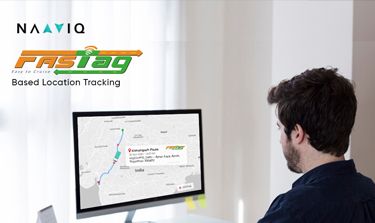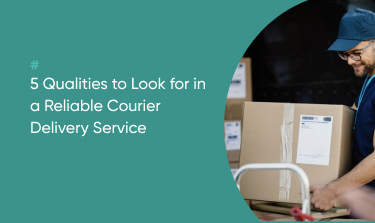Below are five situations that indicate you need a TMS in 2024..

1. You are all fighting the flaws of route planning.
In case your drivers tend to utilize longer routes or make wasteful stops frequently, you are most likely experiencing routing problems. Poor route planning doesn't only consume time, it also incurs additional expenses due to fuel wastage, paying overtime, as well as damages to the vehicles. This generates more challenges with the increase in business because there are more deliveries and routes to manage.
Routing issues are evident when your drivers often take roundabout routes or make unnecessary stops. Poor route optimization leads to loss of time and causes additional costs due to fuel loss, overtime payments and depreciation of the vehicles. Such routes waste time and money, and as is the case with most companies, these issues become more complicated with more routes and deliveries that need to be managed.
2. Inability to Trace Your Supply Chain
When your drivers frequently take indirect routes or make pointless halts, routing problems become apparent. Ineffective route optimization results in time wastage and incurs additional expenses due to fuel loss, overtime payments, and wear and tear of the vehicles. Such routes are time and money wasters and, like with many companies, the situation becomes even more difficult when there are additional routes and deliveries to coordinate.
A TMS ensures that every aspect of your supply chain is viewable from the beginning of the process when the goods have left the warehouse, up until the point they have reached the customer. This also means that with such tracking capabilities, the user is able to pinpoint when and where any of the vehicles in their fleet currently is or will be. In addition, the TMS provided by NaaviQ allows integration of all location tracking systems, thus making it possible to track assets, vehicles, and shipments simultaneously.
3. There is a Rise in Freight Charges without a Definitive Cause
Should your drivers often take longer routes than necessary or make abnormal stop overs, chances are that you are facing routing challenges. Routing errors are not only time consuming, but they also lead to unnecessary costs from fuel, over time charges and vehicle maintenance. This brings about more problems when business increases because there are more deliveries and routes to handle.
A Transportation Management System enables detailed monitoring and evaluation of your freight expenditure, allowing you to obtain a precise outline of the utilization of your resources. You can assess prices from different service providers, further bargaining is possible to procure better rates and reduce your transport costs based on evidence. In order for you to address the constraints in your budget, NaaviQ explains how its Transportation Management System (TMS) incorporates cost management tools with audit processes for freight invoice analysis.
4. Increase in Freight Rates with no clear reason being identified
Customer satisfaction and loyalty can be damaged when orders are delayed or delivered in a state different from what customers anticipated and as such it is not only the image of the organization that is at stake but also the finances. A lot of the customer complaints are due to inefficiencies arising from mismanagement of the transportation this includes late arrivals, wrong deliveries, or goods being delivered in a bad condition. Shipping issues seem at the forefront of concern for your customer service representatives—review your logistics.
Using a Transport Management System gives you the ability to enhance the accuracy and dependability of deliveries. Customer satisfaction is boosted due to timely tracking information and notifications. NaaviQ’s TMS even allows you to have an automated Proof of Delivery (POD) so that every single delivery is confirmed and that customers get what they ordered. By reducing mistakes and enhancing interaction with the customers, complaints can be minimized and satisfaction maximized.
5. There Is an Increased Rate of Customer Complaints
Operating with manual systems will lead to delays in your processes, increase inaccuracies, and exhaust your team’s efforts. If it takes several hours of your team to schedule shipments, monitor deliveries, and settle payments, it is about time that you brought a transportation management system into play. In addition to the fact that these processes can be carried out without machines and, therefore are susceptible to erring, they also make it impossible for the team to work on more useful projects.
A Transportation Management System (TMS) provides users with the ability to reduce most of the complicated and tiresome processes surrounding transport management. In processes such as order consolidation, carrier selection, and invoice auditing, NaaviQ’s TMS guarantees that all these processes are done efficiently and accurately. The employees are absolved from a number of mundane tasks that make it possible for the team to focus on the key activities that build the enterprise and foster its customers’ loyalty.
Conclusion
In managing transportation logistics, new demands or responsibilities arise all the time and if you do not have those, it is very easy to lag behind. Whether you are experiencing inefficient routing, high freight rates, or too many manual processes, it is advisable to use a Transportation Management System to help ensure your supply chain is functional.
NaaviQ’s TMS is designed to help businesses like yours streamline operations, gain valuable insights, and reduce costs. If you recognize any of the scenarios mentioned above in your own operations, it’s time to consider implementing a TMS. Not only will it make your life easier, but it will also drive significant improvements in your overall logistics performance.




